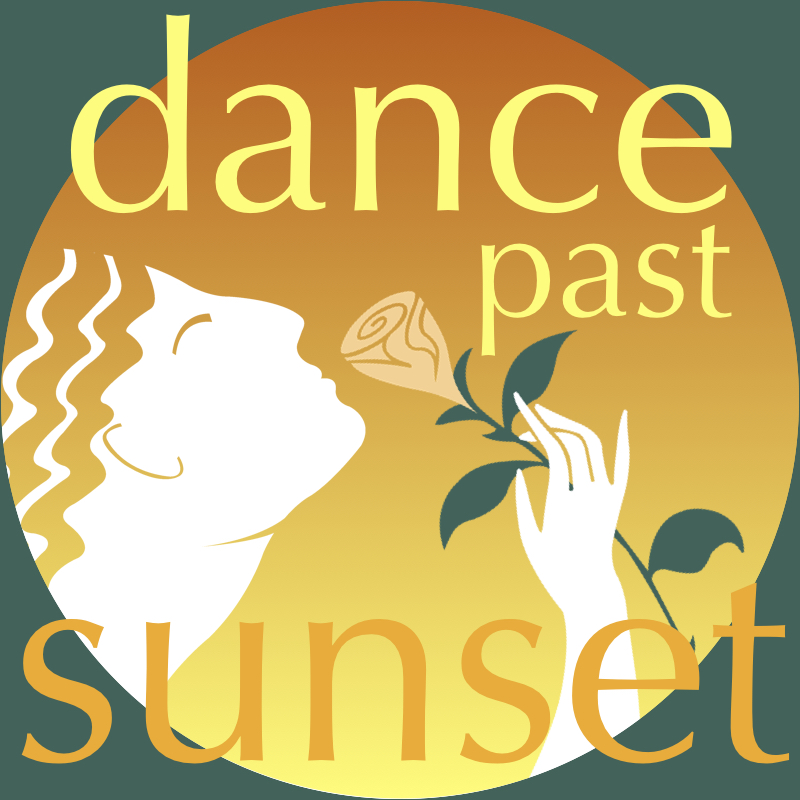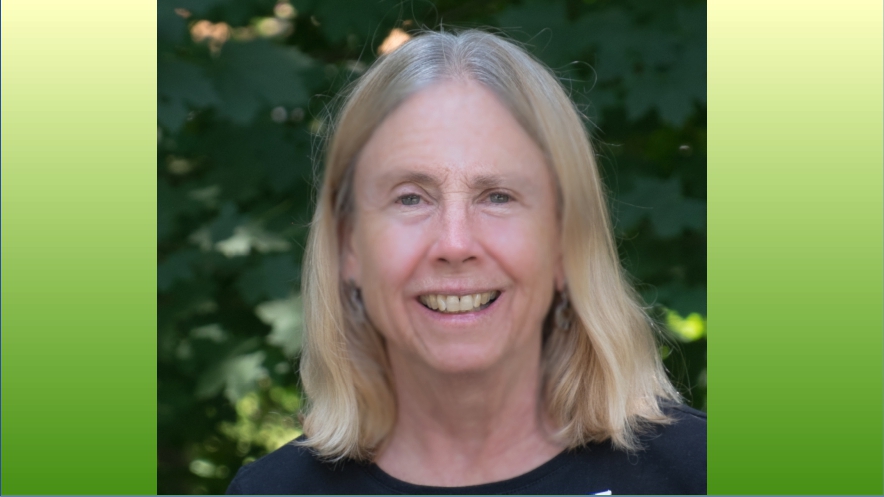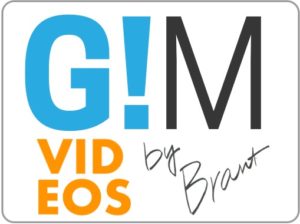Show Summary:
Ann Hoffner is an author and sailing enthusiast, and an expert on the best places in America to find burial grounds that support environmentally friendly, green funerals. Join us as we discuss her new book “The Natural Burial Cemetery Guide: A State-by-State Guide.”
New from Brant Huddleston
Where, How and Why to Choose Green Burial with Ann Hoffner, Part 2 of 2
In part one of my interview with Ann Hoffner, author of The Natural Burial Cemetery Guide: A State-by-State Guide, we talked about where, how and why to choose a green burial. Ann chose a green burial for her own father, and after learning about how much better natural burial is for the environment, it’s what I want for myself as well. With a green burial, you save the earth from toxic chemicals, ugly concrete vaults or other unnatural weirdness, and just let nature takes its course with your body. It really is the greenest way to go, and here to tell you more about it is Ann Hoffner, author and sailing nomad, in part two of my interview with her on the Dance to Death Afterlife podcast.
In this Episode You Will Learn About:
- How to choose based on the cemetery’s purpose for the land
- The ultimate goal of “conservation” burial: preserving the land
- The myth of “in perpetuity” — what it takes to maintain a plot “forever”
- The definition of renewal or “successive” plots (Hint: You won’t be alone)
- How long bones last
- Ground water pollution and other green burial myths
- Old embalming fluid contained arsenic
- Government regulations are strict; Not easy to start up a cemetery
- What’s in the book, and how to use it
- Definition of a “hybrid” cemetery
- Features of the book
- Cost of whole book and regional sections
- greenburialnaturally.org
- Why so many associated with Catholic churches
- Jewish practices
- Catholic opposition to cremation
- Promessa and the role of machines in death
- How crabs make quick work of a body
- How to buy her book
Questions I prepared for Ann:
What motivated you to write it?
How would you describe a green or natural burial?
Is it fair to say you interviewed somebody at each and every cemetery in the book?
What are some of the more unusual cnversations you had?
I read one cemetery manager say baby-boomers aren’t much interested in green funerals, but we were the founders of Earth Day, the recycling practice, and even the transition to cremation, which is a greener alternative to traditional burial. How do boomers respond to the idea of natural burial, when presented with the facts?
The low cost and low volume of plot sales suggests green cemetery owners are not making much money. What are some of the reasons that motivates them to do what they do?
How can families be assured that such low budget operations will be able to sustain a high level of care in perpetuity? What is your answer to the question, and how would owners answer it?
Some cemeteries are attempting to become a tourist attraction. Tell me about that. How popular is grave touring, and what are the trends?
What other ways do natural cemeteries try to raise money to prevent “falling on hard times,” as some have done in the past?
Does it even make sense to think of a green cemetery “falling on hard times.” Does it not just start natural and stay that way?
What protections, such as deed restrictions, exist to ensure the property is not sold and the graves disturbed?
If land preservation can be guaranteed, by deed restriction or other mechanism, does it makes sense to choose a cemetery where Mother Nature is the one and only caretaker?
I’ve heard different advice about how deep in the soil a body should be placed for optimal aerobic activity (composting). Same say five feet deep. Bob Butz, author of “Going Out Green: One Man’s Adventure Planning His Own Natural Burial,” said “If giving your body back to the earth—composting it, as it were—be your goal, people who study this stuff have concluded that roughly four feet underground and no more is the prime “carcass decay zone.” What have you heard?
Tell me about “successive” or “renewable” lots. What are they, and how do they work?
It appears most of the religious sites are Catholic. Why do you think that is?
Since many people simply choose a cemetery based on the proximity to their home and family, how do you see people using your book?
Other "Green" Shows that Might Interest You
- A Natural, Earth Friendly Way to Come Back as a Tree, with Bios Urn Co-Inventor Roger Moline Navarro
- Where, How and Why to Choose a Green Burial with Ann Hoffner, author of "The Natural Burial Cemetery Guide: A State-by-State Guide. (in two parts)
- Going Out Green with Jeff Jorgenson, Director of Elemental NW ~ Seattle’s first and only all green funeral home
- As Below, So Above, with Joe Sehee, Founder of the Green Burial Council (in two parts)
- From Earth to Earth ~ Respectfully Composting Human Remains, with Susanne Wiigh-Mäsak, Founder of Promessa (in two parts)
Share the Love!
Your quick review on iTunes would help me a lot. It’s as easy as ABC! Just…
A) Look for the gold “Review Brant’s Show on iTunes” button below. Click there.
B) Then (in iTunes) click on “View in iTunes.” It’s the blue button under the iTunes logo. That will open iTunes. Finally;
C) Look for the “Ratings and Reviews” tab. Click there and work your magic!
Presto and grazie!



